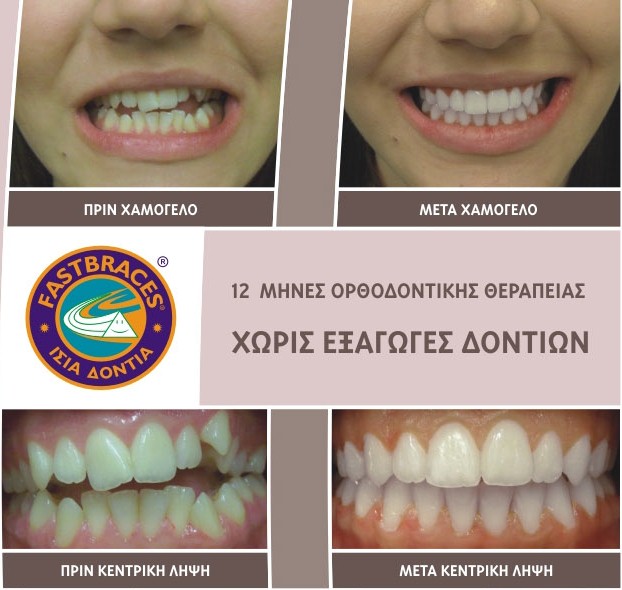

- #Modelio return presepective to default view full#
- #Modelio return presepective to default view license#
The Tools menu contains several utility functions which are listed below. You can use the element to create new atoms or modify existing atoms. In this toolbar you can select from a number of elements, you can also pick an element from the periodic table using the last button. Charge: increment (+) or decrement (-) the charge of atoms.Fragments: pick one of the fragments (benzene, cyclopropane, etc.) and add fragments.Bonds: pick one of the bond types (single, double, triple, up, down) and add or modify bonds.2D to 3D: converts the structural formula into a 3D model.Clean: cleans the structural formula using an external service.
#Modelio return presepective to default view full#

Color mode: display atoms and bonds using colors.Lasso select: select atoms and bonds by drawing a freehand selection area.Rectangle select: select atoms and bonds using a rectangular selection area.

#Modelio return presepective to default view license#
NIST Chemistry WebBook (~30.000 spectra)Ĭopyright © 2014, 2015 Herman Bergwerf License.Crystallography Open Database (~300.000 crystals).The PubChem Project (~51 million compounds).RCSB Protein Data Bank (~100.000 macromolecules).ChemDoodle Web Components v6.0.1: 3D render engine and spectrum display.Ketcher: Chemical 2D data reader/writer.The Virtual Model Kit has been a source of inspiration for the birth of this project. This web application is built on top of the JavaScript libraries and online services listed below. You can use MolView to search through different scientific databases including compound databases, protein databases and spectral databases, and view records from these databases as interactive visualizations using WebGL and HTML5 technologies. MolView is an intuitive, Open-Source web-application to make science and education more awesome! MolView is mainly intended as web-based data visualization platform.


 0 kommentar(er)
0 kommentar(er)
